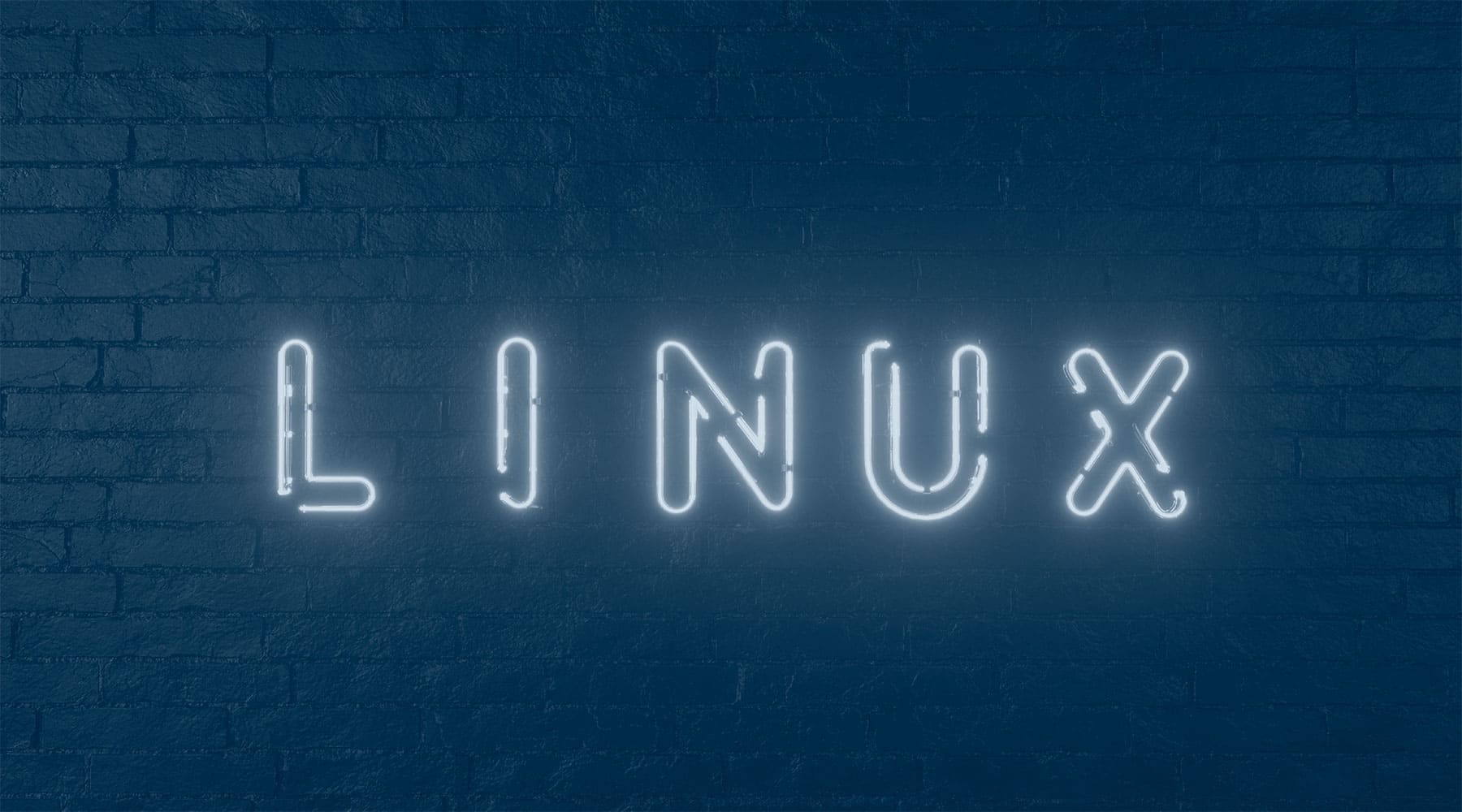Introduction.
You can now make your own Linux, and it’s easier than you might think. In this article, we’ll show you how to do it step by step.
What is Linux?
Linux is a free and open-source operating system on your computer. It’s similar to Windows or Mac OS but completely different underneath.
Why would I want to make my own Linux?
There are many reasons why you might want to create your own Linux. The following are just a few:
1. You’re tired of using Windows or Mac and want to try something new.
When you use Linux, you can choose from a wide variety of open-source software that you can use for free.
2. You want to learn more about how computers work.
Linux is a great way to learn more about how computers work because it’s open source. This means you can look at the code and see how it works.
3. You want to make a difference.
Millions of people worldwide use Linux, and you can help improve it by creating your version.
4. You want to be popular.
People will talk about you and your work if you create a popular Linux distribution. This can lead to interesting opportunities and a lot of satisfaction.
5. You want to make money.
While you can’t sell Linux, you can make money from it by creating support services or selling related products.
What do I need to make my own Linux?
To create your own Linux, you’ll need the following:
1. A computer.
This can be a desktop, laptop, or even a Raspberry Pi.
2. A USB drive.
This will be used to create a bootable Linux on your computer.
3. A Linux ISO file.
You can download this from the internet or create it using a tool like genisoimage.
4. A text editor.
You’ll need this to edit the files that make up your Linux distribution.
How do I make my own Linux?
Follow these steps to create your own Linux:
1. Choose a Linux distribution as a starting point.
There are many different Linux distributions to choose from, so pick one that you’re familiar with or that interests you. We’ll be using Ubuntu as an example.
2. Download the ISO file for your chosen distribution.
3. Create a bootable USB drive with the ISO file.
4. Boot from the USB drive and install the Linux distribution on your computer.
5. Once the installation is complete, you’ll have a basic Linux system up and running.
6. Customize your Linux distribution.
Now that you have a working Linux system, you can start customizing it to make it your own. This might include installing new software, changing the look and feel, or adding your content.
7. Create an ISO file of your customized Linux distribution.
8. Share your Linux distribution with the world.
Now that you’ve created your own Linux, you can share it with others by posting it on the internet or distributing it on physical media.
Making your own Linux is a great way to learn more about how computers work and to make a difference in the world. If you’re interested in doing this, we encourage you to follow the steps outlined in this article. You might be surprised at how easy it is and how much satisfaction you’ll get from it.
Leave a Reply